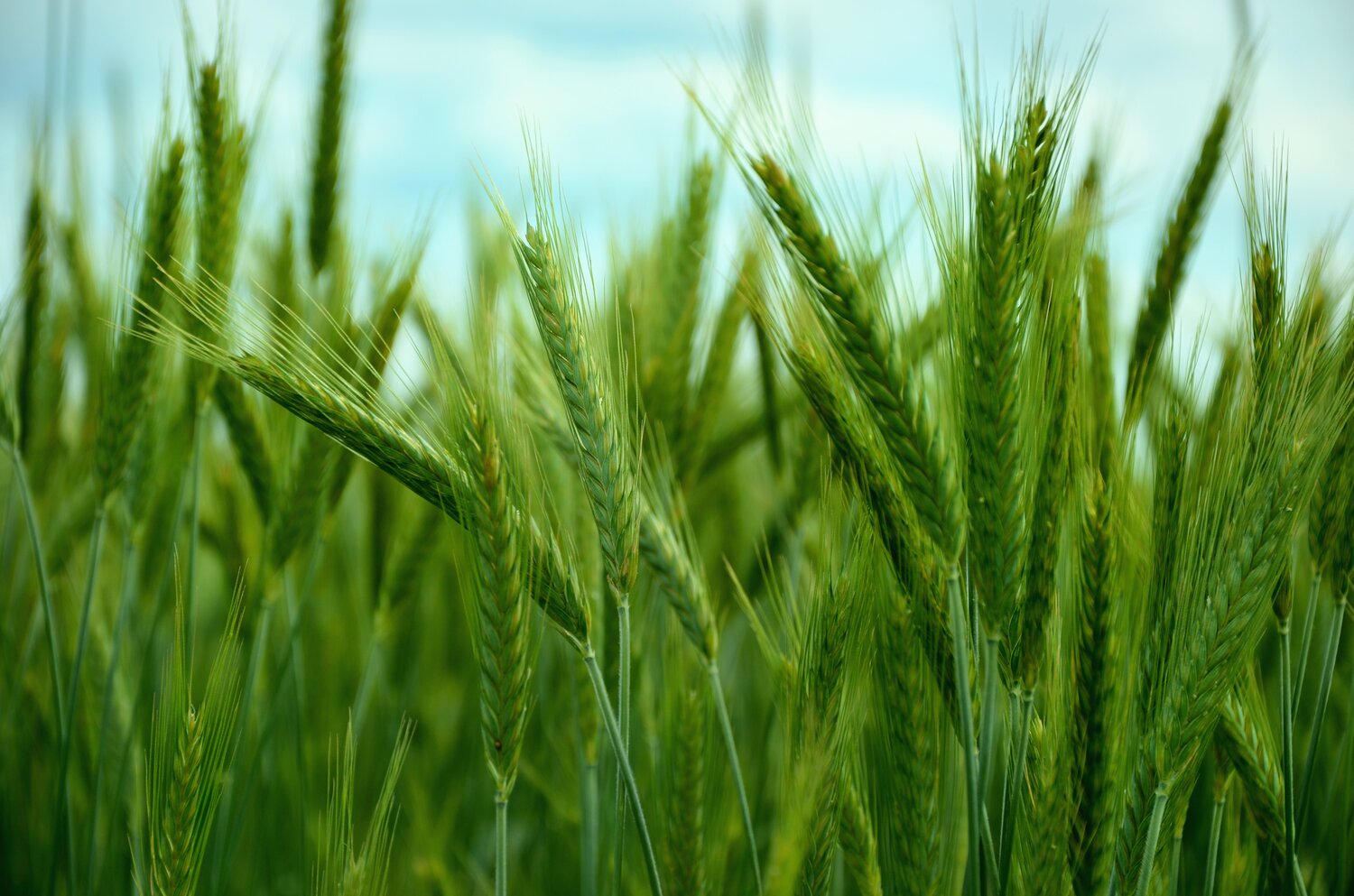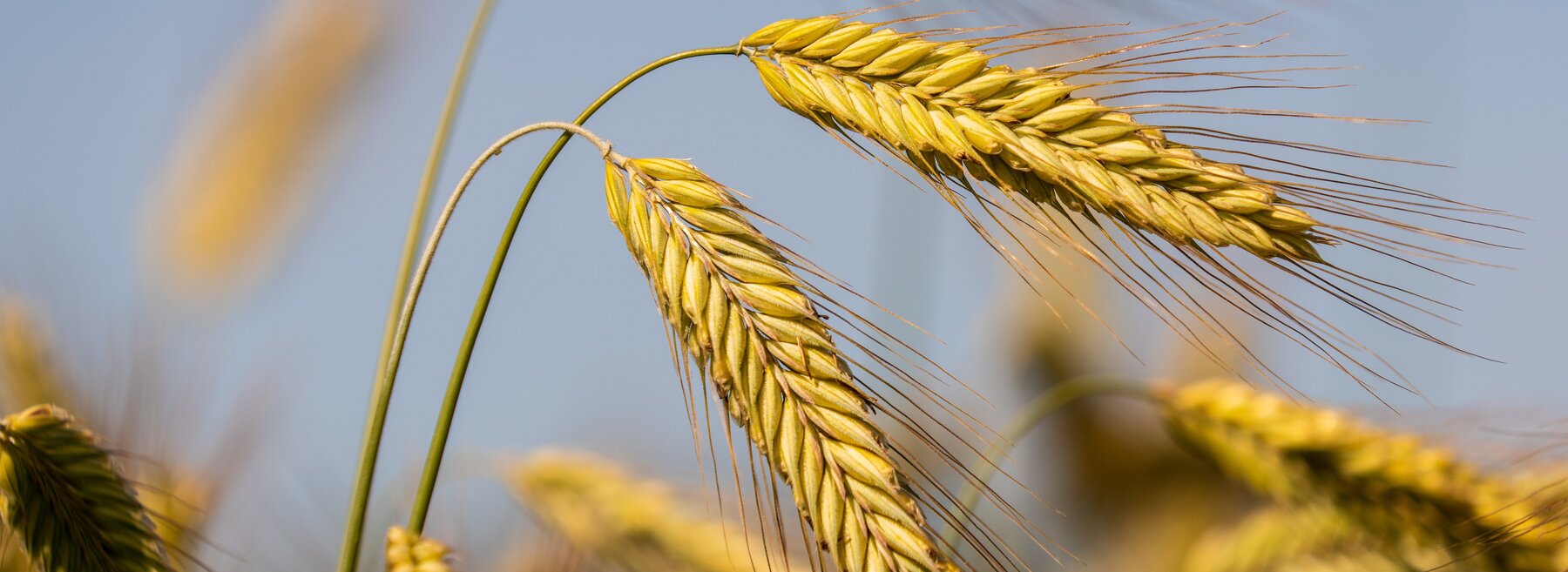Rye
Why rye?
Rye (Secale cereale L.) is a grass grown extensively as a grain, a cover crop and a forage crop. It is a member of the wheat tribe (Triticeae) and is closely related to barley (Hordeum vulgare L.) and wheat (Triticum spp.). Rye grain is used for flour, bread, beer, crisp bread, some whiskeys, some vodkas, and animal fodder. It can also be eaten whole, either as boiled rye berries or by being rolled, similar to rolled oats.
What we achieved
- 71 seed samples of four rye wild relative species were collected from six countries: Armenia, Azerbaijan, Italy, Lebanon, Pakistan and Spain.

Project partners
Collecting
- Armenian Botanical Society, Yerevan, Armenia
- Genetic Resources Institute, Azerbaijan National Academy of Sciences, Baku, Azerbaijan
- University of Pavia, Italy
- Lebanon Agricultural Research Institute, Rayak, Lebanon
- Plant Genetic Resources Program, Bio-Resources Conservation Institute, Islamabad, Pakistan
- National Institute for Agricultural and Food Research and Technology, Madrid, Spain
Rye key collections, materials and data
Rye collections
- The largest rye collection is conserved at the N.I. Vavilov Research Institute of Plant Industry, St. Petersburg, Russia.
- Of the 71 seed samples collected, 67 samples are stored in the Millennium Seed Bank (December 2021).
- The Genesys PGR database includes information about rye accessions in genebanks worldwide.

